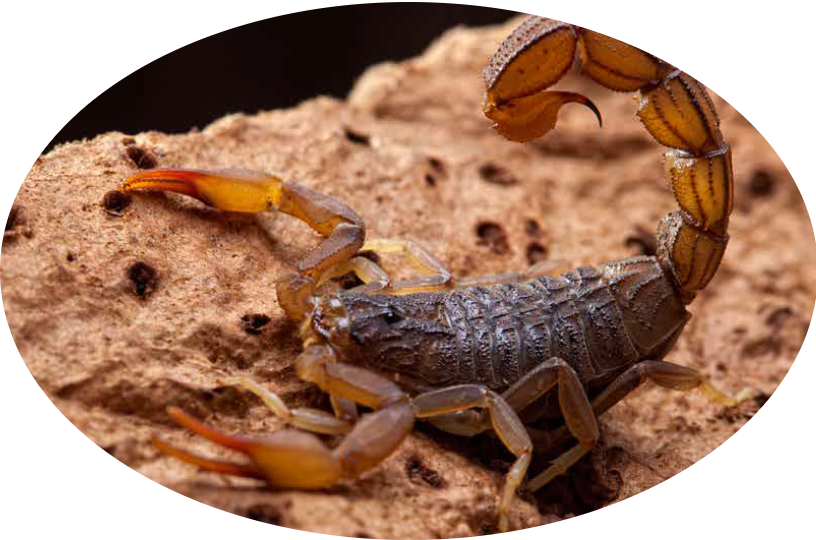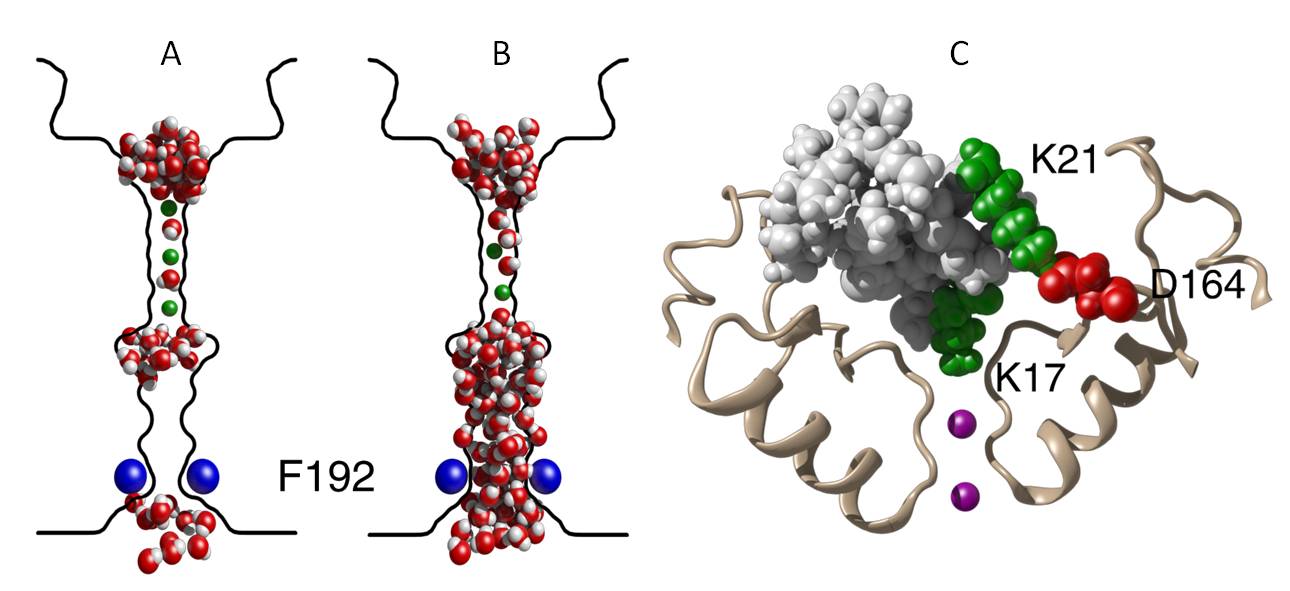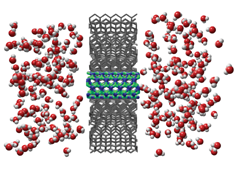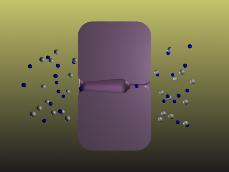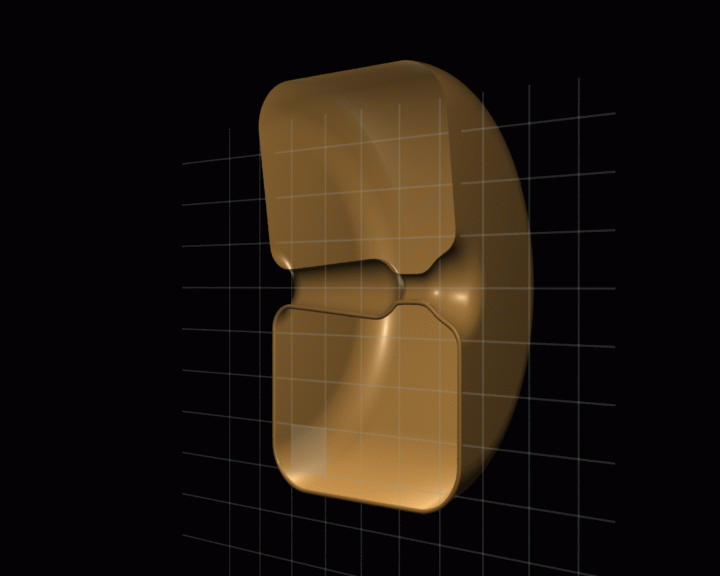COMPUTATIONAL BIOPHYSICS
Current Research
Toxin Binding
In the past three decades, a large number of venoms acting on biological ion channels have been extracted from spiders, reptiles, and marine invertebrates. These venoms act by either blocking the pathway through ion channels or disrupting the function of the voltage-sensing domain. The main purpose of this research is to examine the interactions between these toxins and ion channels to develop potent drugs to treat various neurological disorders which result from ion channel malfunction.
Read more - Gating Modifiers
Read more - Pore Blockers
Inward rectifier potassium channels
Inwardly rectifying potassium channels maintain the membrane resting potential, and regulate the action potential in electrically excitable cells. They selectively allow potassium ions to move more easily into rather than out of the cell. Using Brownian and molecular dynamics simulations, we investigate the mechanisms of permeation and the binding of tertiapin, a polypeptide toxin isolated from the honey bee, which is known to block these channels with varying affinity.
Artificial Ion Channels
Making use of molecular dynamics and Brownian dynamics to investigate various nanotubes as artificial ion channels. The main purpose of this research is to reproduce the physiological attributes of gramicidin.
The Potassium Channel
Using the recently unveiled structure of the Potassium Channel we employ a combination of electrostatics, Brownian dynamics and molecular dynamics to investigate the way in which this biological channel discriminates between potasisum and sodium ions, and reproduce some physiological attributes of conduction.
Visit our potassium channel page for a chapter by chapter explanation of the this channel using samples from our recent narrated video of the K+ channel.
The Calcium Channel
By making use of electrostatic calculations and Brownian dynamics simulations, we show how the mechanisms of permeation and selectivity in the calcium channel can arise from simple electrostatic properties.
Testing Continuum Models of Ion Channels
We have been making a systematic study of the validity of continuum theories of biological ion channels by comparison with Brownian dynamics simulations.
Gramicidin A
Here we show a summary of our efforts to determine the energy landscape in Gramicidin A using a variety of theoretical techniques.
